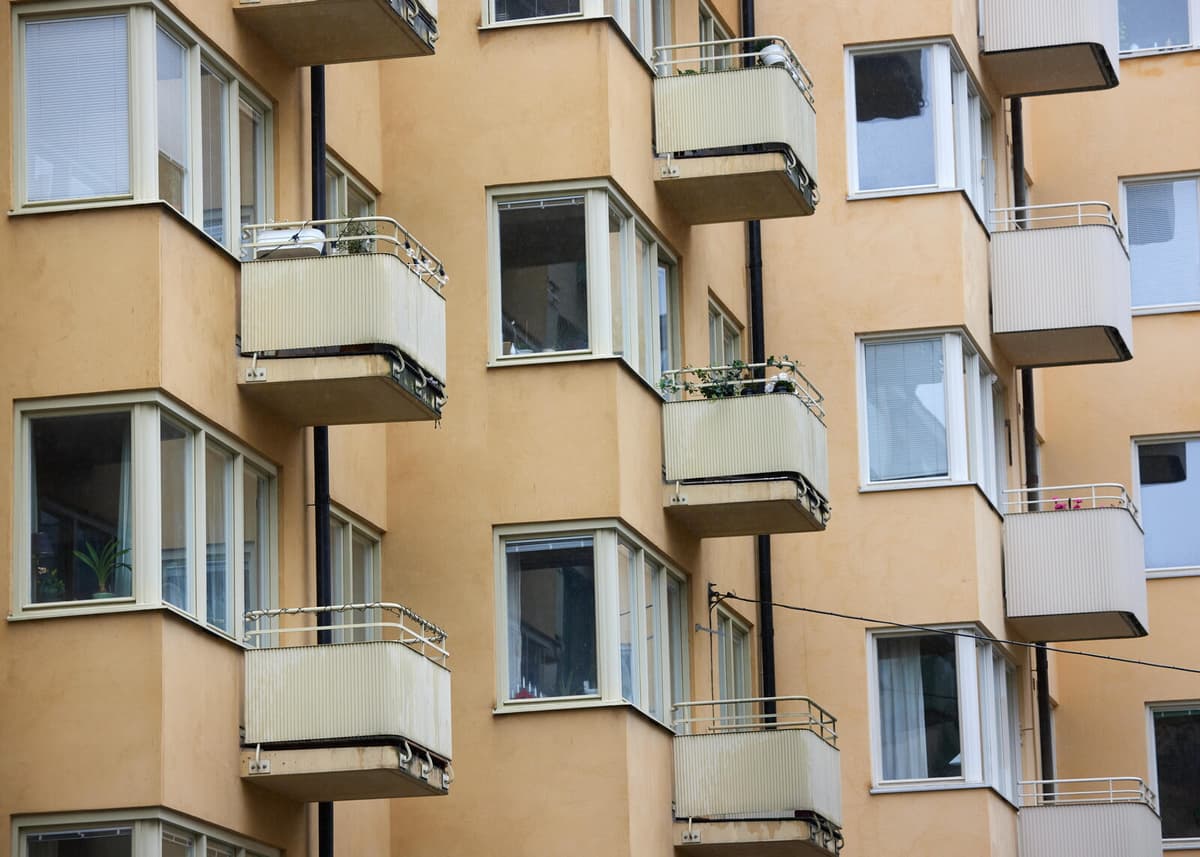The first quarter of the year topped the cost shock for the country's housing associations. Since then, the collective costs have fallen for two quarters in a row. During the third quarter, they are on average five percent lower than a year ago, according to the company SBC, which manages housing associations.
It's not just individual homeowners who get a better economy when interest rates fall. The economy of housing associations is also strengthened when loan costs decrease, which indirectly affects housing association members in the form of monthly fees.
Other costs that are falling are expenses for electricity.
Next to interest rates, heating is the largest cost item for the average association. And district heating prices rose by nearly ten percent on average between 2023 and 2024, and many heat suppliers are warning of almost equally large increases at the upcoming year-end. Water and sewage costs have also skyrocketed.
But even if the collective costs are likely to fall further as interest rates are expected to fall in the future, SBC warns that many associations' savings surpluses have decreased in recent years.
"It may be tempting to lower the fee now that the economy is stabilizing, but it risks becoming a trap where one doesn't take maintenance debt seriously", says Markus Pålsson, head of business innovation and development, at SBC in a written comment.





